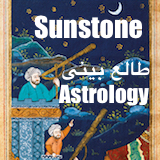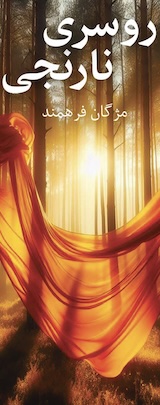The New Yorker:
Ted Bundy, Charles Manson, and many other notorious figures lived in and around Tacoma in the sixties. A new book argues that there was something in the water.
By Gideon Lewis-Kraus
In the winter of 2021, “Saturday Night Live” spoofed the true-crime industrial complex with a musical number called “Murder Show.” The sketch sends up the consumption of spectacular depravity as an idle form of female self-care: “A bodybuilder chopped up an old lady / I watch it while I text my sister about her baby / Murder show, murder show / Every type of murder show / Late-night true crime / This is my relaxing time.” These binges aren’t altogether passive—the cast member Ego Nwodim sings that she’s “fully down the rabbit hole” as she stands in front of her own labyrinthine wall of clues and concordances.
The writer Caroline Fraser, who won a 2018 Pulitzer for the biography “Prairie Fires: The American Dreams of Laura Ingalls Wilder,” addressed the routine derision of the genre a few months later, in an essay for The New York Review of Books. “A guilty pleasure—that’s what true crime is said to be, by everyone from avid fans to literary scholars,” she writes. Critics had long disdained the appetite for sanguinary entertainment as a symptom of decadence. Fraser cites the 1827 satirical essay “On Murder Considered as One of the Fine Arts,” by Thomas De Quincey, which “mockingly elevates the genre, positing the existence of a gentleman’s club, the ‘Society of Connoisseurs in Murder,’ whose members were aesthetes, ‘Murder-Fanciers,’ who ‘amidst some carnal considerations of tea and toast’ relished ‘masterpieces’ of the art.”
Go to link










Comments